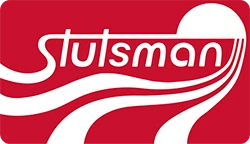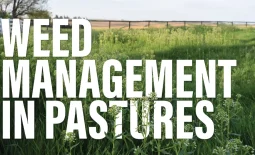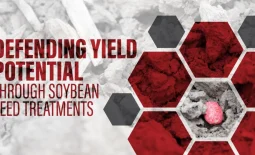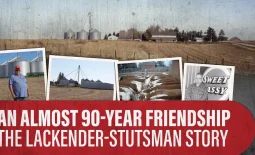Trait Transformations: Regulation Changes, Rising Corn Traits and New Opportunities
Traits are the alphabet soup of letters and numbers listed after a hybrid’s number. It is so confusing that Michigan State has a two-page document to help explain and break down the differences in insect traits to practicing agronomists. What makes this business so complicated beyond the various input and output traits, is the fact it’s constantly evolving; in the last two years, we have seen big shifts in herbicide traits with Enlist™ and XtendFlex® soybeans. Now it is corn’s turn: there are many new corn traits on the near horizon from Bayer, Corteva and Syngenta.
So, what is driving this change? Like Mark Stutsman phrased it in the Market Sharks: Who’s Playing in the Fertilizer Game, our friends on the East Coast. In September 2020, the EPA released a draft of proposed Bt regulation changes that included a three-year phase out of all single stack hybrids, which we haven’t been using since we started using refuge in the bag. But it also included a five-year phase out of all stacked traits that are comprised by one or more pieces of the stack that makes them essentially a single mode. This is a big deal considering it affects AcreMax® (AM), Intrasect® (YHR), VT Double PRO® (VT2P) and PowerCore® (PW). Those traits make up nearly all of the above-ground traited corn in the U.S.
Viptera® is a Syngenta trait that has been out for several years, but we will continue to see it pushed more and more. It is an above-ground-only trait that really goes after corn borers and earworms. It also is how most seed companies are planning to adhere to the new EPA regulations. Plan on hearing more about this new trait combined with what you have been using.
When combined with Viptera®:
» AcreMax® is AcreMax® Leptra® (AML)
» Intrasect® is Leptra® (VYHR)
» VT Double PRO® is Trecepta® (TRE)
» PowerCore® is PowerCore® Ultra
All of these are the same traits you have been using, just with Viptera giving us extra protection from corn borer.
Another pest that made a lot of agronomists frustrated last year was rootworms. Bayer and Corteva have been working separately on new ways to combat these pests with a new mode of action called RNAi. When SmartStaxPRO® was approved for import into China, it caught Bayer a bit off guard. They were expecting the approval process to take longer and had not developed good hybrids with the trait in them yet. RNAi is a very different trait than most of the others that have been on the market to date. Most traits work by binding to the bug’s stomach as a kind of poison. Whereas, RNAi works by disrupting the stomach cell’s ability to reproduce. This new corn trait will be in farmer trials this year with a full launch from Bayer slated for 2023. Corteva is working on the same mode of action with trials in their advancement plots this year and farm trials likely in either 2023 or 2024.
Corteva’s PowerCore™ UltraEnlist™ corn is a four-way insect trait and a four-way herbicide trait. PowerCore™ corn is resistant to glyphosate (Roundup®) and glufosinate (Liberty®). By adding the Enlist™ trait, they added two more herbicides: 2,4-D which was expected by adding the name Enlist™, and FOPS. When Dow Chemical was developing Enlist™ they found the bonding site for 2,4-D on corn was the same place as FOPS herbicides which made the corn resistant to FOPS as well. On the surface that sounds like an extremely bad idea because Fusillade®, Assure® II and Hoelon® are three of the five major FOPS herbicides for volunteer corn. However, there are some documented species of grass that are resistant to glyphosate further south of us; so it wouldn’t be bad to have a second option for grass suppression in the event we completely break glyphosate.
Over the next few years, you can see that there will be extensive changes in corn traits. Although these changes seem minor on the surface, I believe they’ll open up more opportunities for farmers to grow higher yields with decreased pest pressure.










